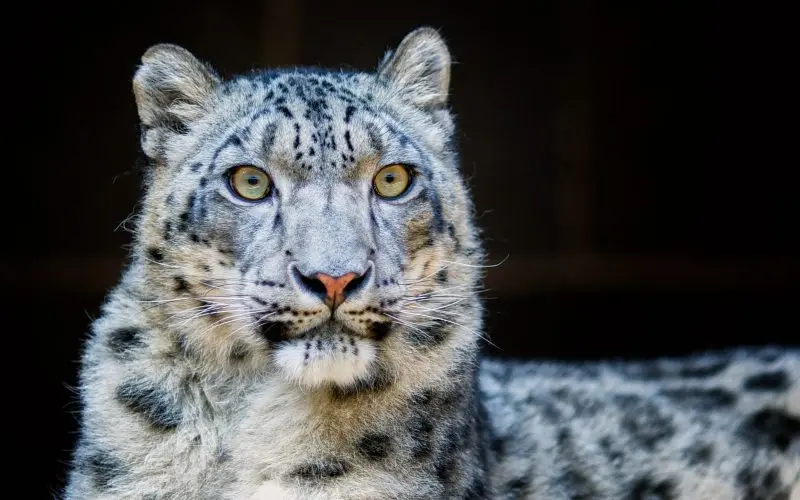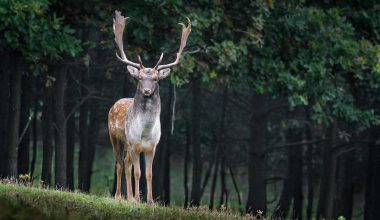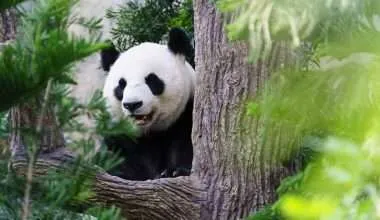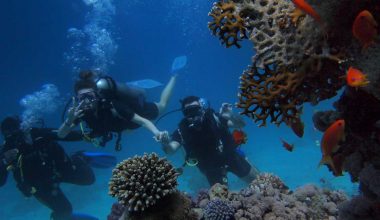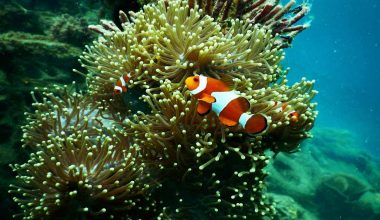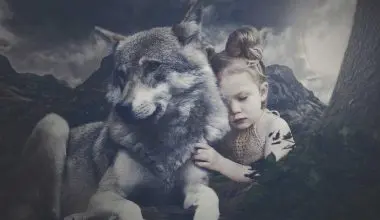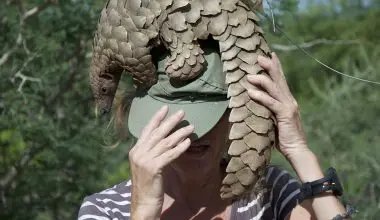Table of Contents Show
[Updated on 24.06.2020]
Humans are surrounded by a wide variety of different species living among them in all forms. We however fail to appreciate that, like us, they also require a specific environment and adequate nutrition to live and reproduce.
That is just one of the reasons why more than 60% of species have become endangered over the past 50 years.
What are Endangered Species?
Endangered species are those species that are susceptible of becoming extinct in the very near future if actions are not taken to protect them or their habitat.
Estimates indicate that the current rate of species endangerment is up to 1000 times higher than the natural rate.
Reasons for Endangerment of Species
Here’s a chart I made which sums it up quite well.
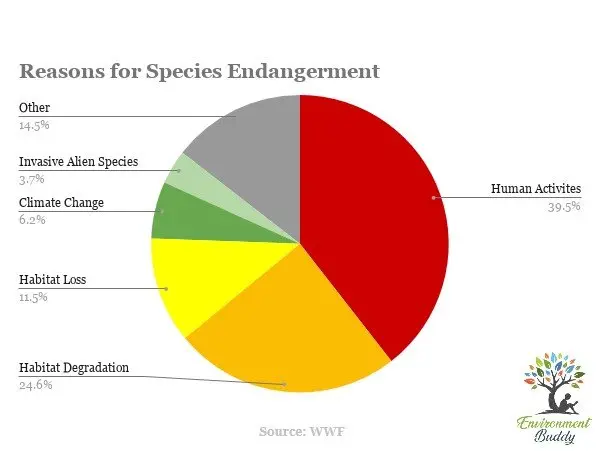
Remember: Human Activities include Hunting and Human-wildlife interactions. To be perfectly honest, we are indirectly responsible for some of the other factors too.
1. Hunting
People have developed a habit of hunting for various types of animals as a source of fun and competitiveness which has led to a decline in the population of these animals.
Many parts of the animals such as their furs are sold and utilized by the leather and furniture industry to make multiple products.
Buying and selling of ivory translates to a huge black market which leads to many elephant deaths around the world. African elephants have thus become a part of the IUCN list of endangered animals.
2. Human-wildlife interaction
Reduction of the habitat of these species has also led to unforeseen encounters between humans and animals which have eventually led to many killing of these animals merely in an act of self-defense.
Strict laws and regulations have started to be passed by various countries in order to protect these animals from unwanted killing and reduction in their number.
By the way, always remember to stay calm when you face an animal. That way, you and the animal can escape the interaction unharmed.
3. Habitat Degradation
The constant deforestation of many forests for commercial purposes like agriculture has led to the loss of habitat for many animals, leading them to endangerment.
A single tree is home to 2.3 Million species!
And 15.3 Billion trees are cut down every year. Imagine the loss.
I do agree that agricultural activities are essential to feed the constantly growing population. However, if these species aren’t protected or given a new home, they will surely become susceptible to endangerment.
Soil erosion is also a major issue. If the soil is left unattended, it can become susceptible to erosion by wind and water. This removes the topsoil filled with nutrition (responsible for 90% of soil fertility).
Reduced fertility means the land will soon go barren. If there is no food for animals in their home, they’ll have to move.
4. Loss of Habitat
A fifth of the Amazon Rainforest has been lost over the past 50 years; imagine the amount of habitats lost! Mostly due to human activities.
Habitat loss can occur naturally or through human interference. Dinosaurs became extinct due to natural phenomena as did some other species. However, human activity has a greater impact on the loss of habitat.
Natural habitat is usually destroyed due to urbanization. Rising populations and the demand for a better standard of living means removing habitat to pave the way for human activities.
Deforestation has significantly reduced various species of trees. Hence, become the driving force of endangerment.
These species become endangered when they are unable to find a suitable habitat. With limited spaces to call home, they are not able to find proper food and nutrition to live and start dying out.
Consequently, these species are so few in numbers that they are unable to mate, leading to their inevitable extinction.
5. Climate change
The issue of global climate change affects all of us. Limitless emissions of carbon dioxide have made climate change more devastating than ever.
Many natural disasters such as wildfires, floods, melting of glaciers, changing weather patterns and temperatures have led many species to endangerment. Such changes threaten survival by lack of access to water, increased famines, reduced food security and also by weakening overall natural resilience. The ones unable to adapt to these environmental changes face endangerment.
Government bodies have long been proposing measures to curb climate change. Until that happens, we can make small changes in our daily lifestyles.
6. Invasive Alien Species
Among known causes of extinction, invasive species have caused up to 40% of all of them in the past 17th century. This number has been at a reducing trend.
Invasive species are those species which come out of their natural habitat and invade other parts of the environment. Here, they rapidly multiply and compete fiercely for food,water and space with native species. Thus, driving native species to extinction.
Imagine a 6-foot giant started living in your studio apartment, ate all your food and became mean to you. That’s an example of what invasive species do.
Invasive species are mainly introduced by international travel into new habitats. Hence, prevention is key to avoiding alien species invasion.
7. Pollution
With increasing population and utilization for a vast array of products, it also becomes important to properly dispose these products after using them. This prevents any damaged to our environment.
Unfortunately, this is not what actually happens as pollution has led to several species becoming extinct and driving many species towards endangerment.
For example; DDT (Dichlorodiphenyltrichloroethane) use lead to extinction of Peregrine Falcon before it was eventually banned. Acid rains, spillage of oil and water pollution have all contributed to the reduction of bird and marine species.
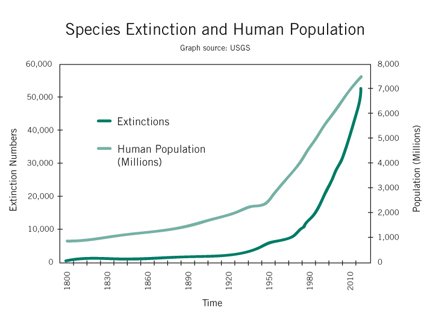
8. Specialized Species
Some species are highly specialized and selective, in that they only require specific nutrition and a specific environment to live and carry out live process and if those requirements are not met, they may not be able to survive.
Therefore, it becomes very difficult for these species to survive when there are changes in weather condition, habitat loss or reduced food availability.
The specialized species are usually small in number and due to their small population they may be unable to carry out mating as they might not find suitable companions for mating. Similarly, inbreeding is also an issue as defective genes or hereditary diseases may be passed onto the offspring making it morbid or worse, sterile.
9. Competition
Species may migrate naturally or may be forced to migrate; this may lead to competition of resources between the newly introduced species and the previously existing species in that habitat which may lead to decline in the population of species.
This invasiveness is a huge cause of biodiversity if natural predators are not present to keep check and balance. Also, sometimes this invasion can lead to major changes in the Ecosytem as well as the food web.
Similarly, there is widespread competition in habitat for resources and “survival of the fittest” occurs to see which species may be able to pass on their genes and reproduce. This competition has been going on for years and years. This competition is what led to the development of the human race!
10. Disease
Diseases are a cause for widespread morbidity and mortality for humans and animals. They may be hereditary in nature or may be due to a pathogen such as bacteria, virus or fungi.
Either way, they can be highly significant in leading species to endangerment.
Infectious diseases may be transmitted from one type of species to their counterparts or may be transferred to various different species as well.
The American chestnut tree was destroyed by fungus as it lacked the natural resources and conditions to survive without them, leading to chestnut blight. Millions of Bats were killed in Northern America by a fungus which although was harmless to bats in Europe was devastating for bats in Northern America when it got transmitted.
Various actions are being taken to protect species at risk of being endangered by various diseases.
11. Low reproductive rates
Different species have different reproductive rate and cycles, some reproduce at a fast rate and others may reproduce at a slower rate.
Species may also take time to become sexually active in order to produce offspring which varies from species to species. Commonly larger species have slower reproductive rates whereas the smaller species like the rodents have a fast reproductive rate.
The reproductive rate couple with factors such as hunting, habitat destruction and pollution may significantly alter the reproductive life cycles making it difficult for these species to recover their normal populations.
12. Genetic Vulnerability
Genetic variations allow species to survive adverse changes in the environment and carry out giving birth to the offspring. However species with low genetic variations are highly susceptible of being endangered as they cannot cope with environmental changes. This makes them more prone to mutations and diseases as well.
The cheetah is an example of a species having a low genetic variety. Koalas also have low genetic vulnerability and thus are unable to adapt to the effects of global warming and encroachment. This is a very serious issue, considering the fact that almost 1/3 of Australian Koalas population has been killed in the fires just recently.
13. Rare species
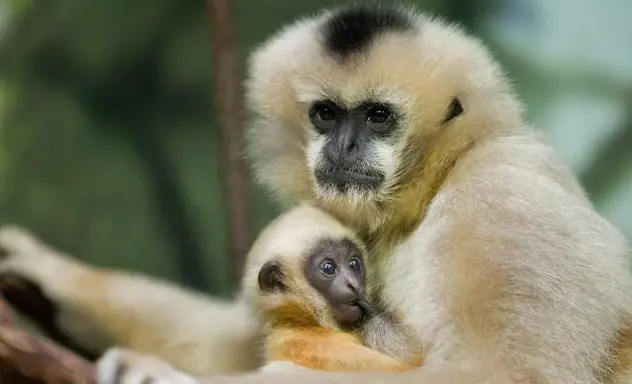
Even with all the factors mentioned above not existing or contributing, some species are already so low in number that they may become immediately extinct or endangered if they are unable to adapt to the changes.
A rare species obviously has a low probability of surviving. Hence, we must do our best to protect them by providing appropriate living conditions.
Preventing human activities such as hunting, habitat destruction or ones that translate to pollution and climate change could go a long way preventing species endangerment.
Frequently Asked Questions (FAQs) about Endangerment of Species
How many Endangered Species are out there?
According to latest statistics of 2020 (Q1); out of 116,117 species assessed, 31,030 species are facing endangerment. That is one-third of all species assessed.
Almost half of those threatened species are amphibians (like the Panamanian Golden Frog).
Endangered species are documented in the International Union for Conservation of Nature (IUCN) Red list by evaluating the risk of extinction of various species in scientific manner.
However, you should know that we have not assessed all the species out there. The number could be much higher for all we know.
What is Endangered Species Act (ESA)?
The Endangered Species Act (ESA) of 1973 is a program that aims to ensure conservation of animals and plants that are ‘threatened from being endangered’ as well as conserving the habitats in which they are found.
The federal agencies that are tasked with implementation of ESA are U.S Fish and Wildlife Services (FWS) and the U.S National Oceanic and Atmospheric Administration (NOAA) Fisheries Service. The FWS has maintained a list of all worldwide species that are endangered. These species include trees, grasses, flowers, crustaceans, mammals, reptiles, fish, insects, and birds.
This law requires federal agencies, in cooperation with US Fish and Wildlife Service and/or with NOAA Fisheries Service, to ensure that decisions are authorized and funded only when they are not a risk to continued existence of any listed species or may result in destruction or adverse modification of critical habitats of those endangered species.
The law also extends to prohibit any actions that may cause a “taking” of any endangered fish or wildlife. Furthermore; the import, export, interstate, and foreign commerce of all endangered species is strictly prohibited.
Failure to comply with Endangered Species Act could result in a fine of up to $25000 or Imprisonment of up to 6 months, or both.
However, there have been some changes to Endangered Species act during Trump administration.
